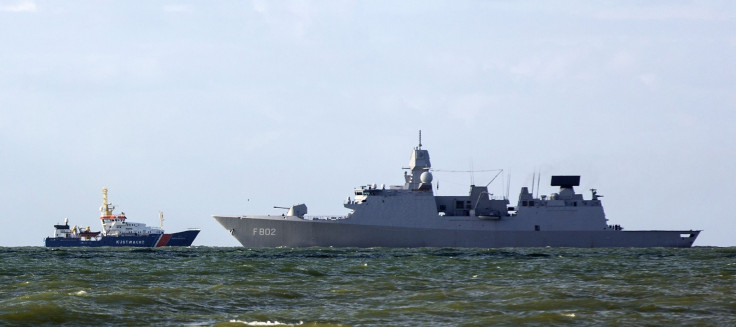Dutch Navy is scanning its entire fleet to 3D print spares with ease
The RNV is making detailed 3D scans of their all ships so that they can carry out fixes and repairs quickly.

The Royal Netherlands Navy (RNV) is making detailed 3D scans of all their warships so that they can fix and make repairs faster.
According to a Popular Mechanics report, all of the 32 ships and six frigates of the RNV will be scanned in detail. While there is no reported timetable within which the scanning needs to be completed, it is said that the work will be closely watched by other armies around the world to study the viability.
One of the uses of 3D scanning ships, says the report, will be the ability to use digital models to 3D print spares and other parts quickly.
Some parts that need repair and replacement might not come with ready-to-use 3D models or manufacturing blueprints, so without this tech, such repairs could take weeks to undertake, says Ben Jansen, CNC coordinator at Marinebedrijf Koninklijke Marine, the company that maintains the RNV fleet.
"Older processes were very intensive requiring multiple types of measuring tools and then replicating the drawing into a CAD programme," Jansen said.
"Now, even when there is no 3D data or drawings of a part, we're able to use an Artec 3D scanner to create a 3D image of the object, and the scan is used to reverse engineer the object. That part is then replicated using 3D printing techniques, 3-5 axis milling or 3D welding."
Artec scanners that he spoke about are designed to be used to scan medium and small-sized objects, not something as large as a warship. The handheld devices, according to a report by the Verge, works by projecting a grid onto any surface that needs to be scanned and making continuous measurements along any surface by calculating the distance from the scanner to distortions on the grid itself.
Each point on the grid can then be used like coordinates to form a 3D model of the object scanned. The company is using three types of Artec 3D scanners. The Eva can take images at 16 frames per second at 2 million points per second, with 0.1mm accuracy while the Space Spider can capture 1 million points per second with 0.05mm accuracy and will be used for smaller parts. And the Leo, which is an AI-powered scanner that captures 80 frames per second, can capture HD data without being connected to a computer.
"When you build any large object, be it a military plane or ship, the slight inaccuracies that occur during construction build up quite significantly, so the difference in the length of two ships of the same design could be several meters," says Andrei Vakulenko, chief business development officer at Artec 3D.
"So the only real way to know the exact size and shape of the ship would be to 3D scan
Artec, the company that has developed this technology, believes that this manual scanning of ships is intended to be a proof of concept and that ships of the future are likely to have onboard scanners and printers, making quick repairs on the fly.
© Copyright IBTimes 2024. All rights reserved.





